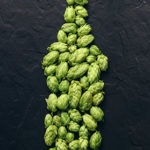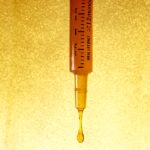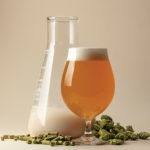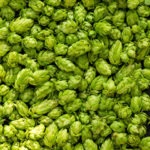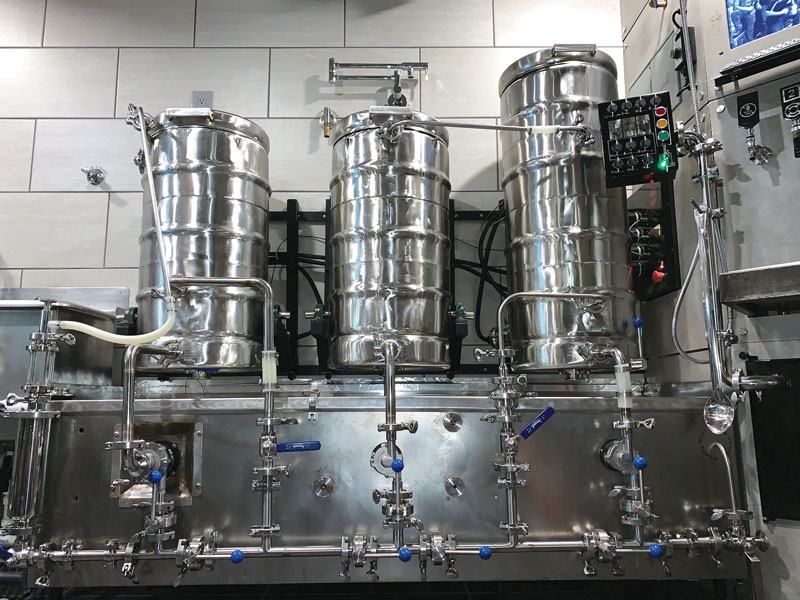Writer: Dr. Pattie Aron
The Effects of Aged Hops on Beer Quality
Post-harvest processing and packaging of hops has changed dramatically over the years to significantly reduce the effects of oxygen and temperature on hop acid degradation during storage; however, it still takes many months to process a lot of the hops on the market. We do not fully understand the changes that these hops undergo, yet we do know that hop variety seems to play a role in how hops age and that storage conditions will affect how quickly hops change. Interestingly, data tells us that moderately aged hops can positively impact beer aroma.
Hop Creep
Large dry-hop additions that have become more prevalent over the past decade have caused surprises among commercial brewers and homebrewers alike. The phenomenon leading to a lower final gravity, increased ethanol, and increased carbonation is called hop creep and is due to diastase activity of hops. Learn more about hop creep and how to prepare for it.
Hop Extracts
Substituting hop pellets with CO2 hop extract increases yields and can produce cleaner, brighter beer while maintaining hop varietal character. Learn more about how hop extract is made and how to use it in your brews.
From Juicy to Crazy Hazy
Juicy. Hazy. These style descriptors have become so commonplace in the craft beer world over the past two decades that everyone can picture the beer in their mind upon a single word.
Bitterness & The IBU – What’s It All About?
In the earlier days of the American India pale ale, bitterness was king. The more Bitterness Units (BU), the better. We didn’t have the hazy-juicys, we had bitter and hoppy, piney, ashy,
Biotransformation
The word “biotransformation” has gotten a lot of buzz as brewers look to fermentation — and specifically, yeast — to transform the aroma of hops. Learn what exactly biotransformation is, how it occurs, and how homebrewers can use it to our advantage.

